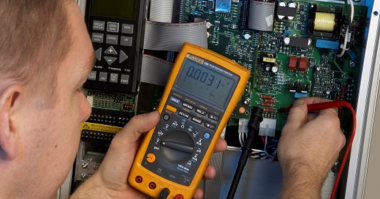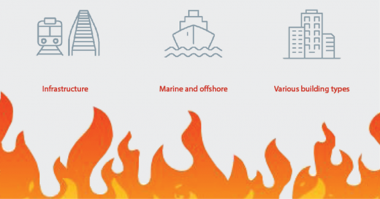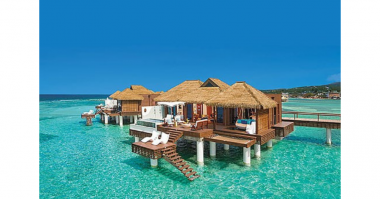Denmark’s shortest ferry route is now a pioneer of battery power. Since 1958, Venoe Ferry has provided a lifeline to Venoe Island in northern Jutland. The current vessel has transported passengers at 30 minute intervals 36000 times annually since 2010. For six years it used diesel for electric power generation and propulsion, consuming 90,000 liters of fuel each year.
After a conversion to a hybrid power generation system, the auxiliary generators which previously ran for 19 hours daily now run for only 20 minutes every 24 hours. Emission levels are significantly lower for the battery-powered ferry crossing, and diesel consumption has been reduced by 20,000 liters annually.
The project began with a drive to cut costs and achieve more sustainable operation, by reducing fuel consumption for the auxiliary power generators. The process was a collaborative development project with Danfoss Drives, EPTechnologies, Super B, Hvide Sande Shipyard, and contractor Vest-El. The ferry was assessed, the battery supply and power conversion extensively tested, and finally the ferry equipped with a customized hybrid power generation system.
Venoe Ferry Operations Manager Søren Adsersen is understandably enthusiastic about the hybrid conversion:
“It’s a huge success for us. With cost neutrality within eight years, we’re totally satisfied.”





Comments